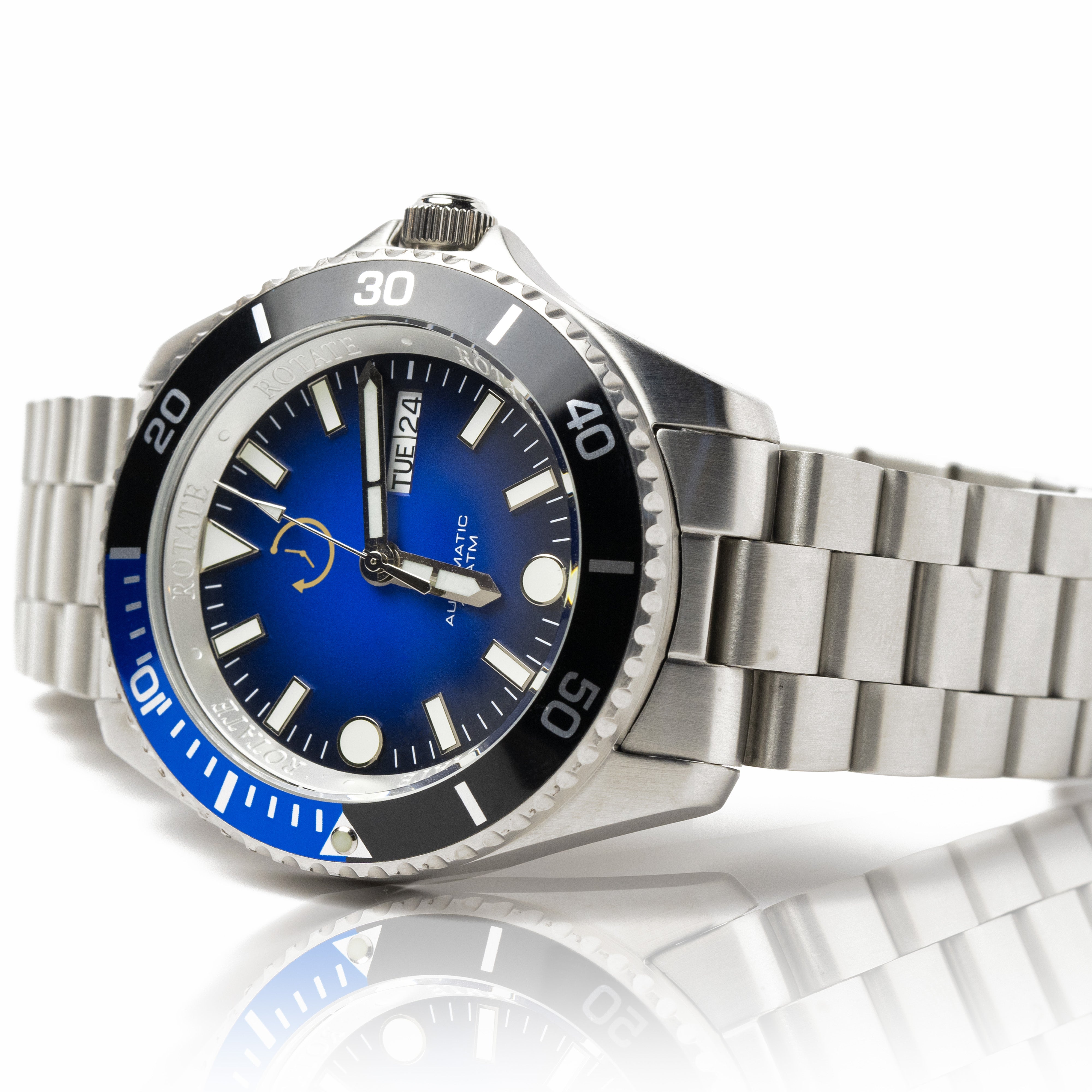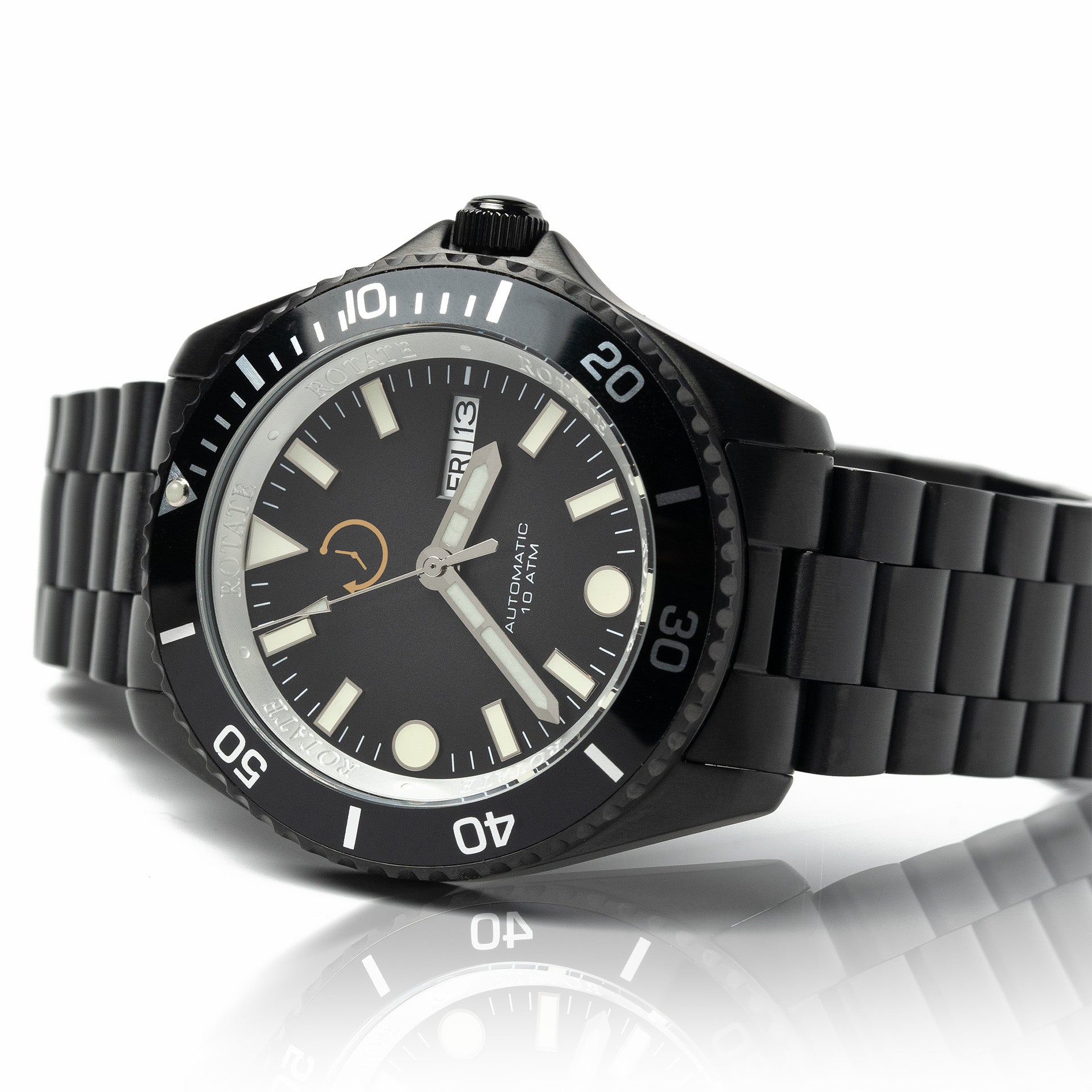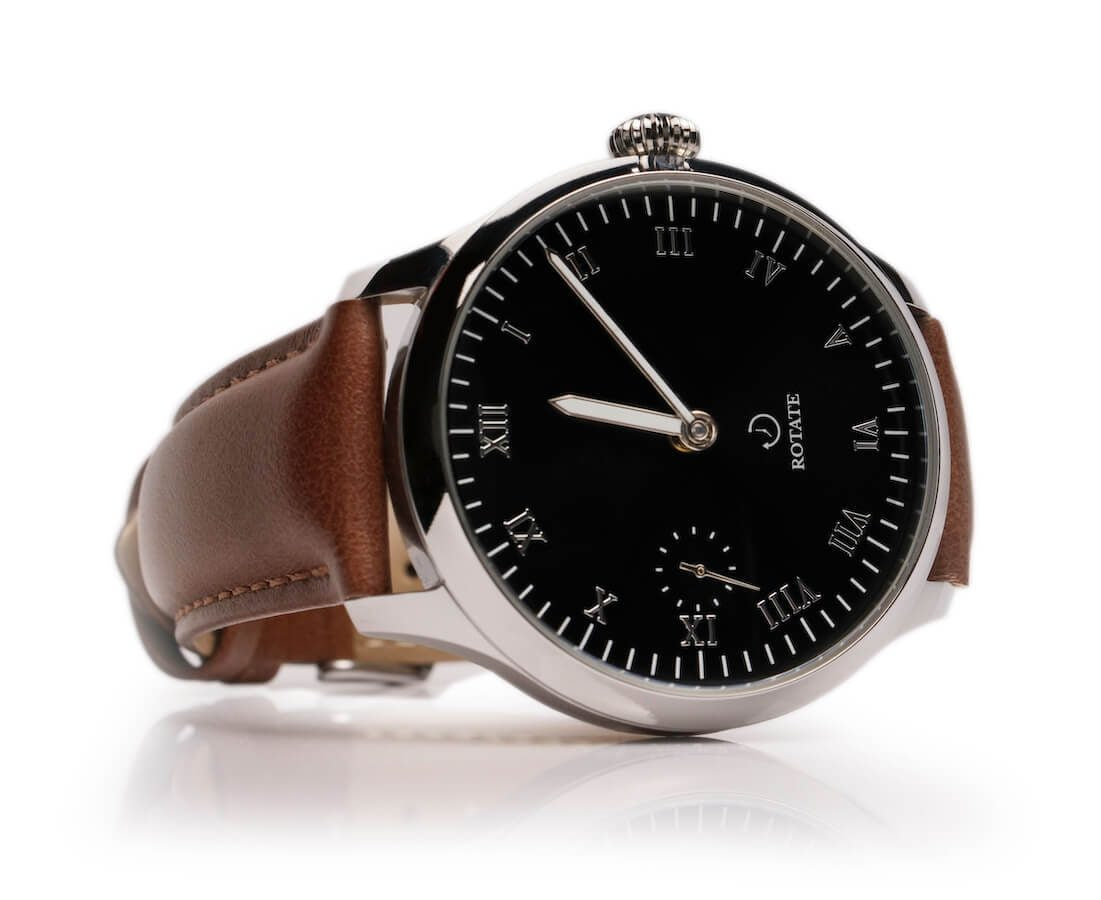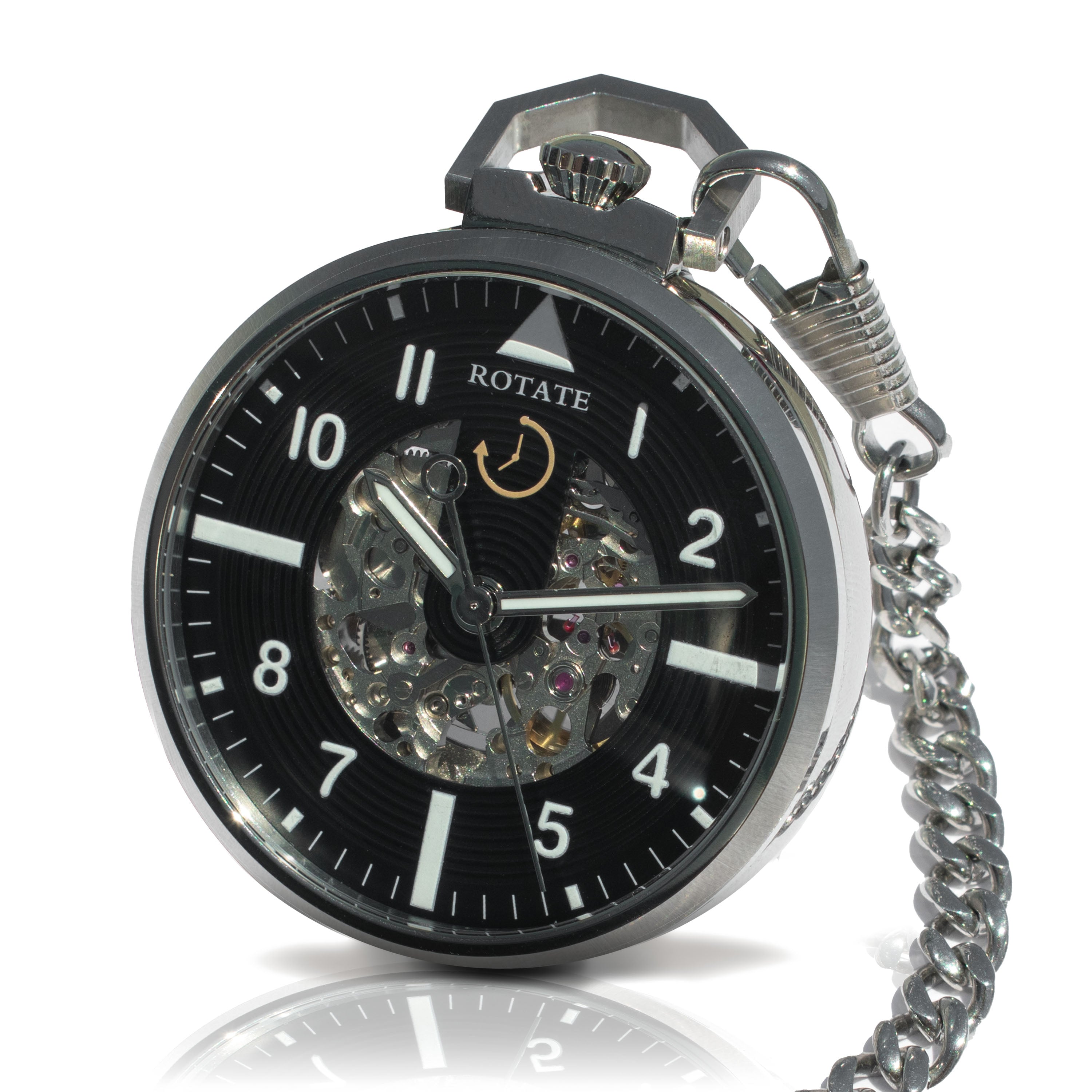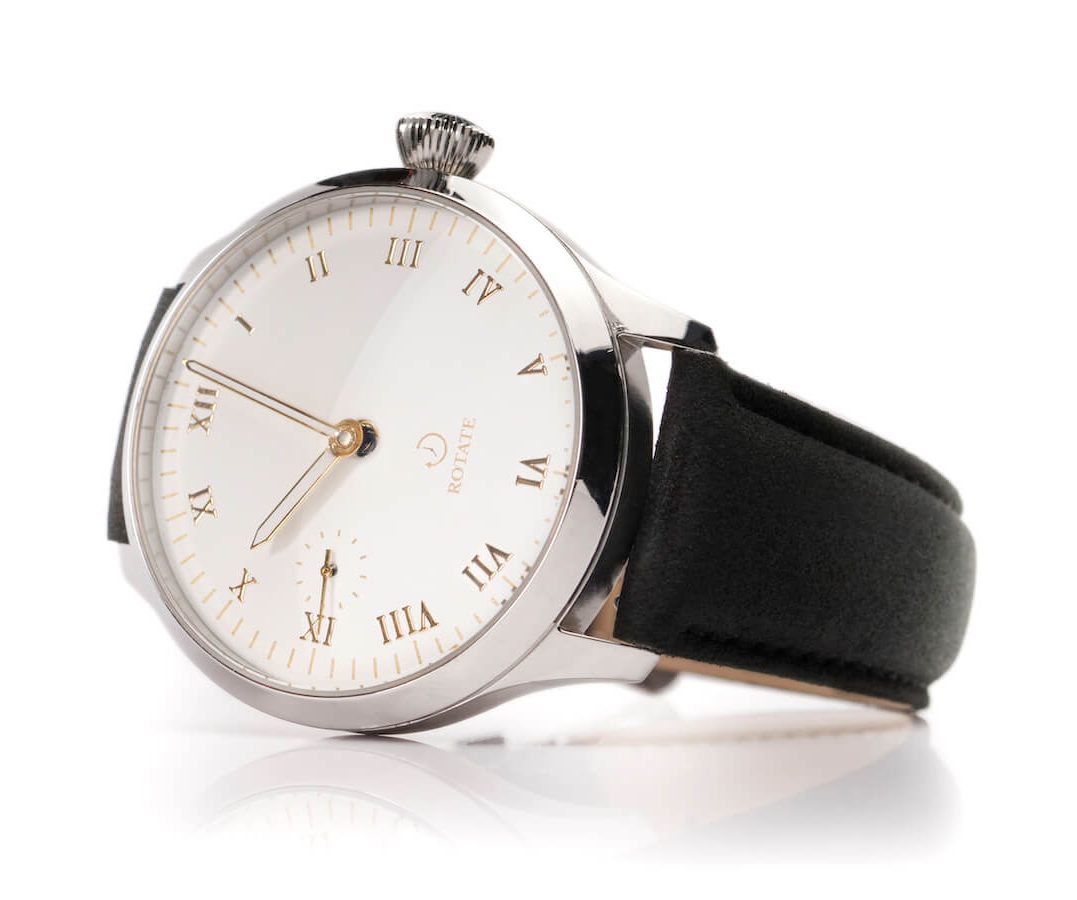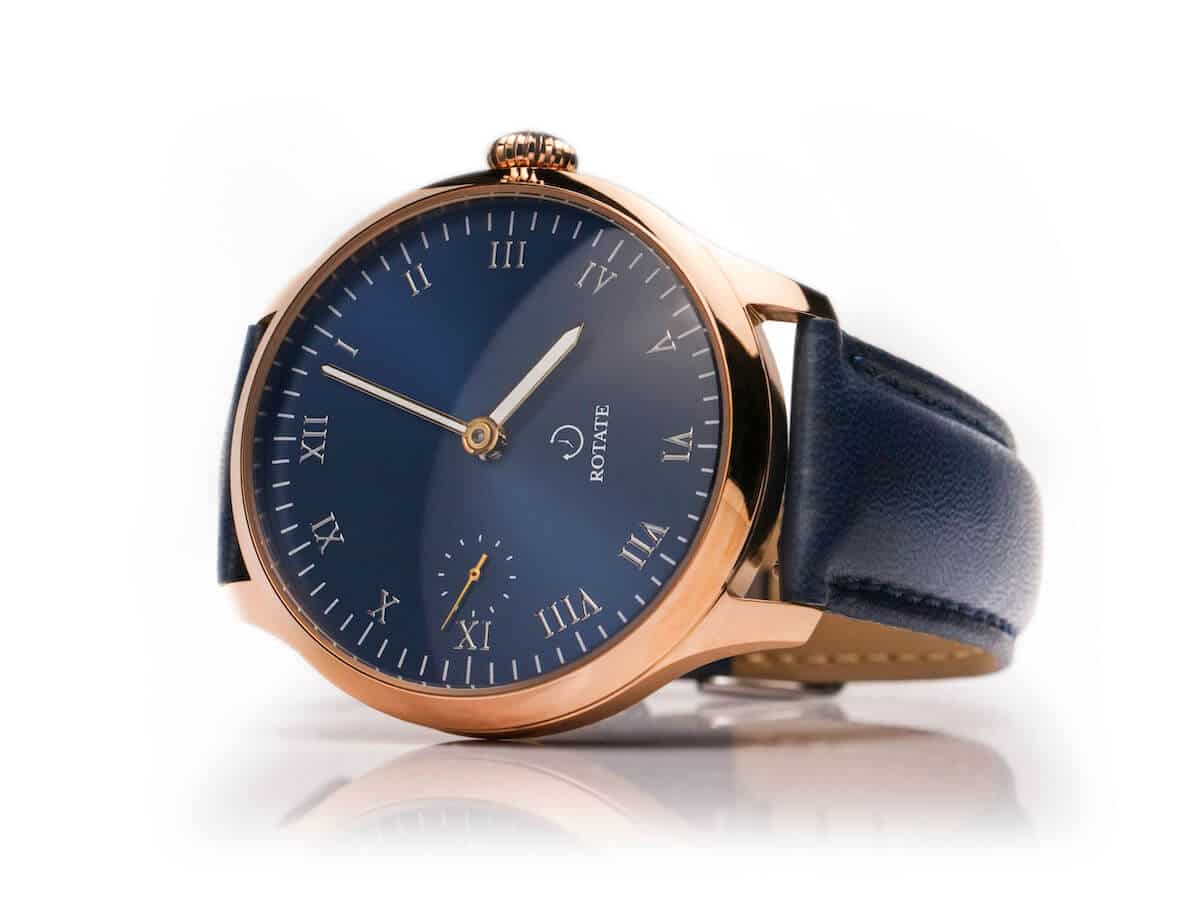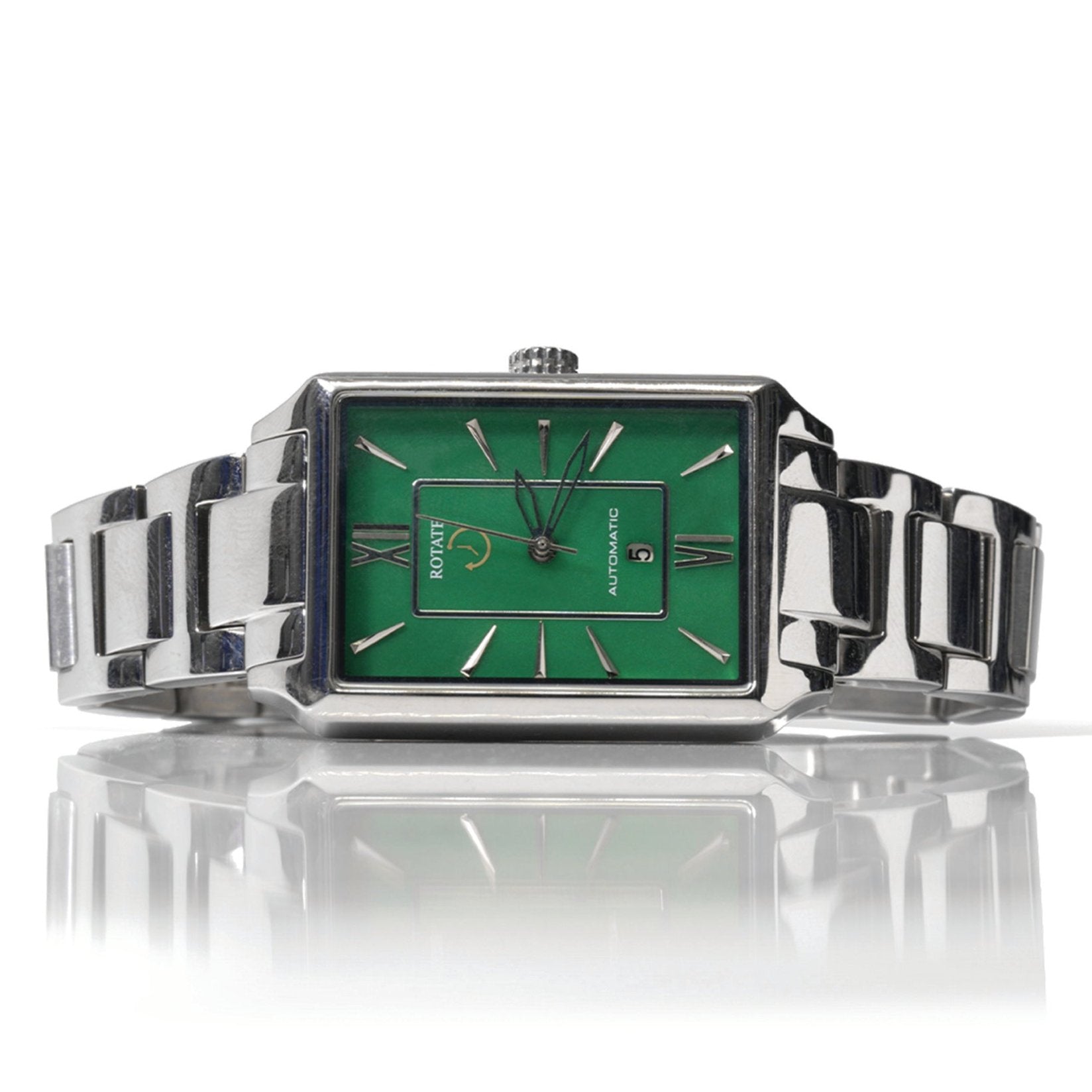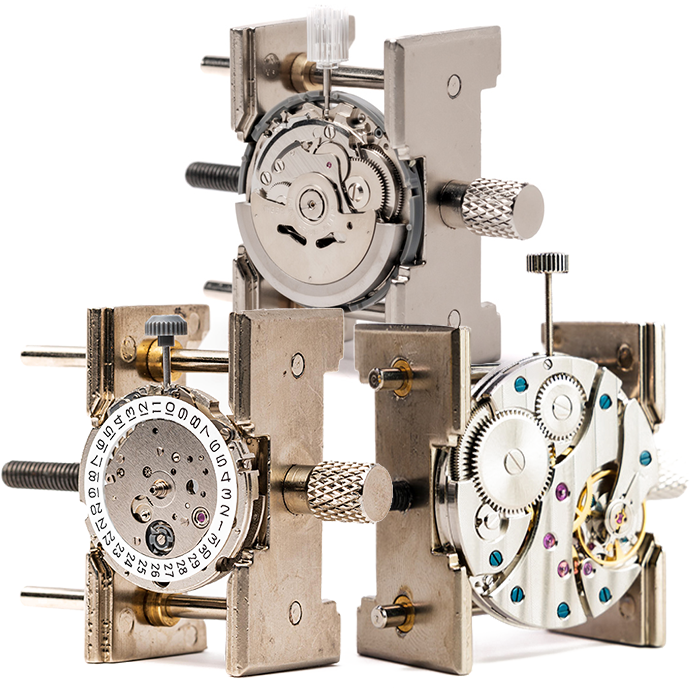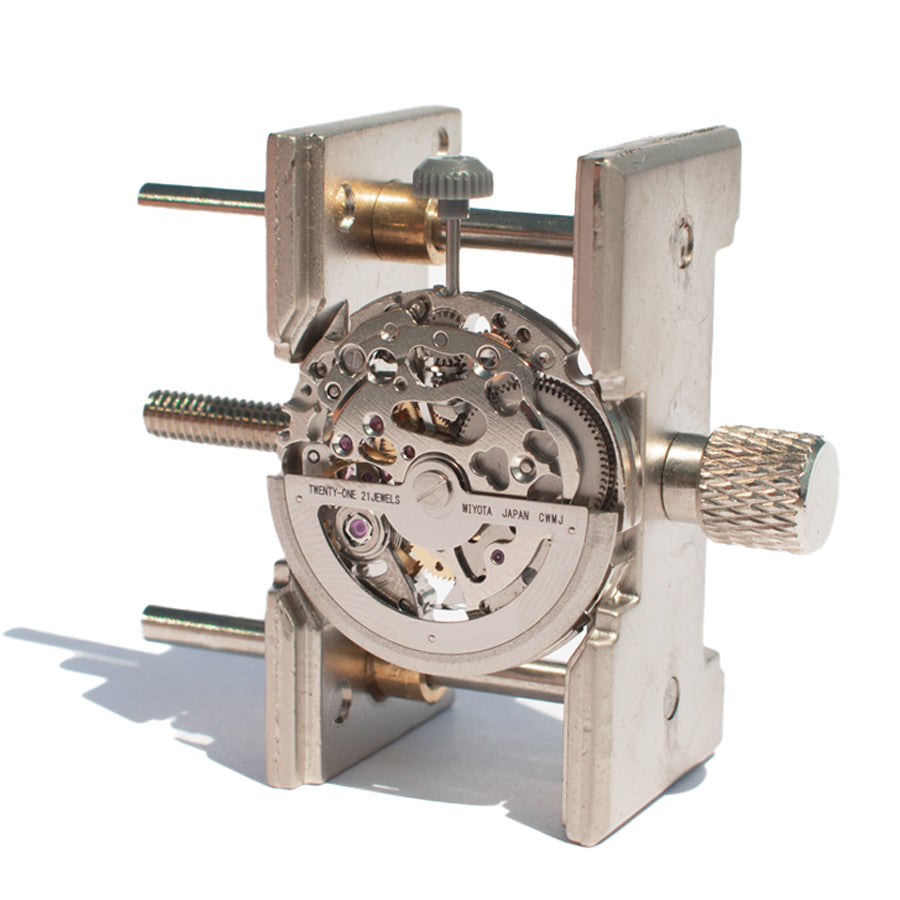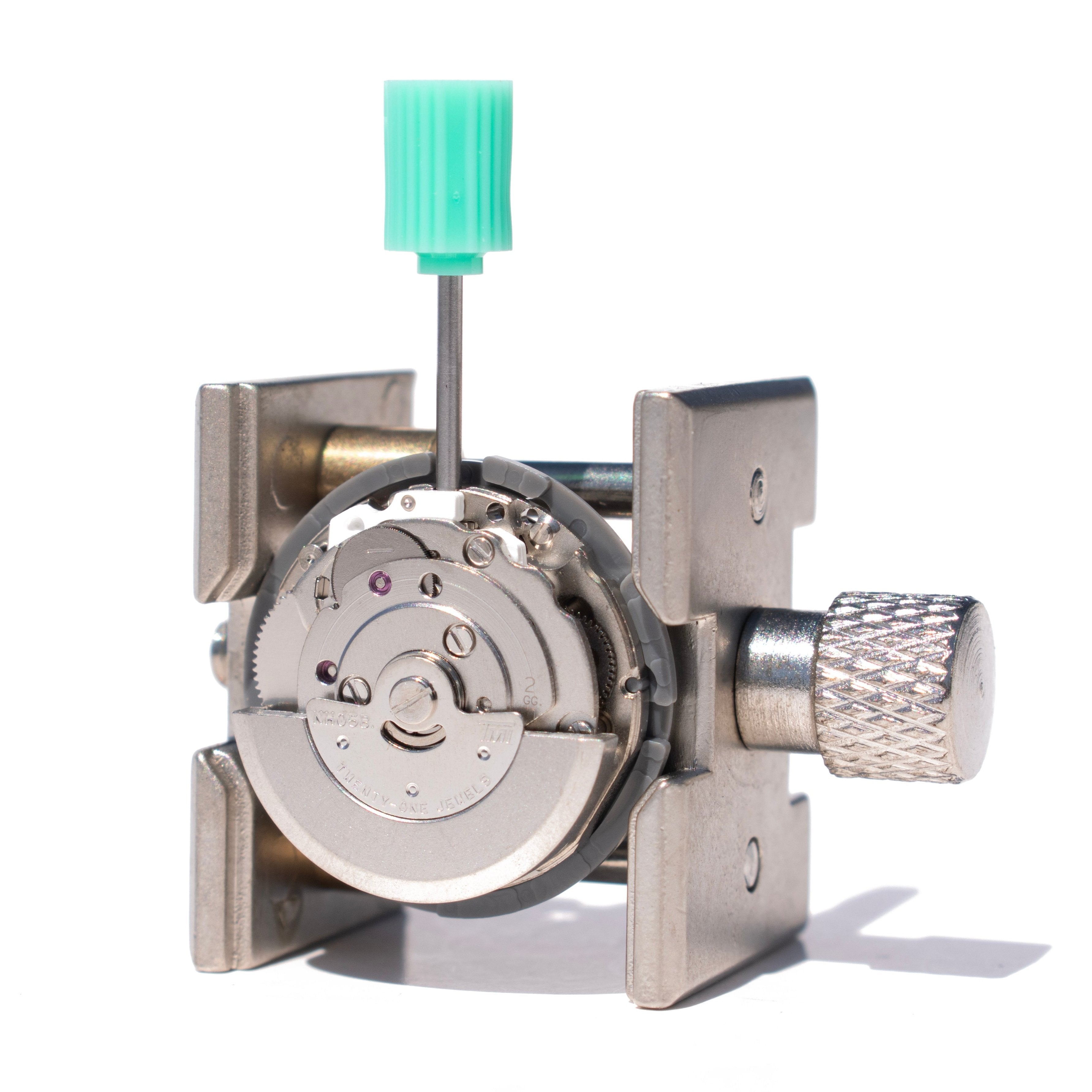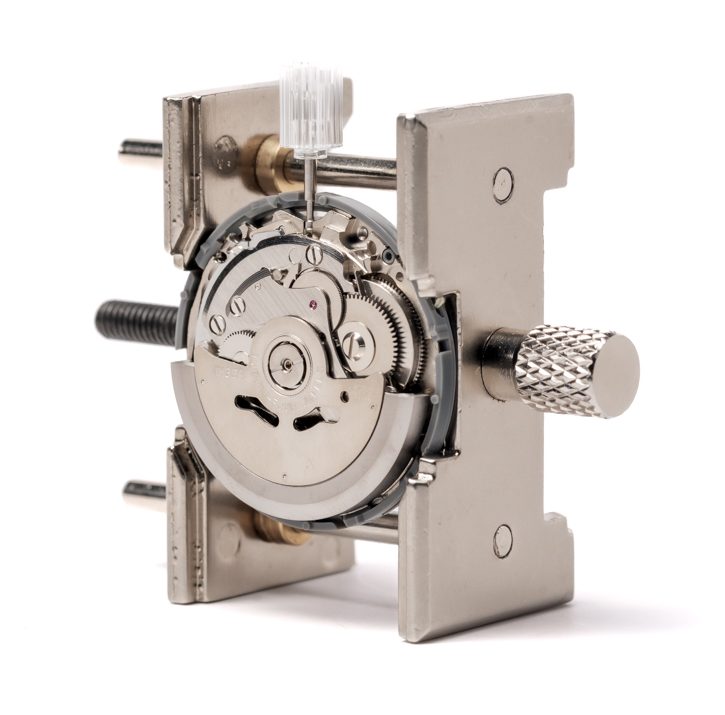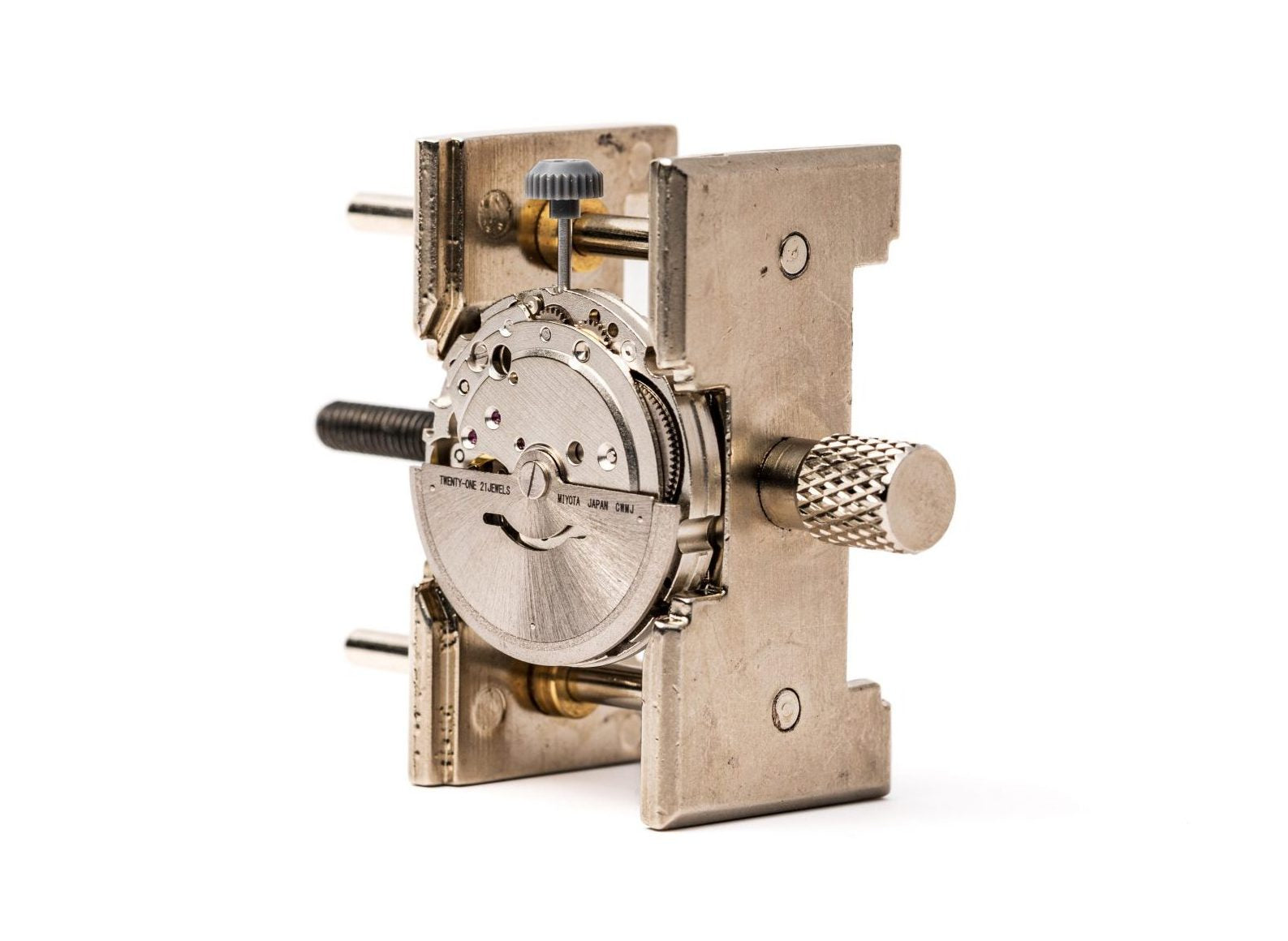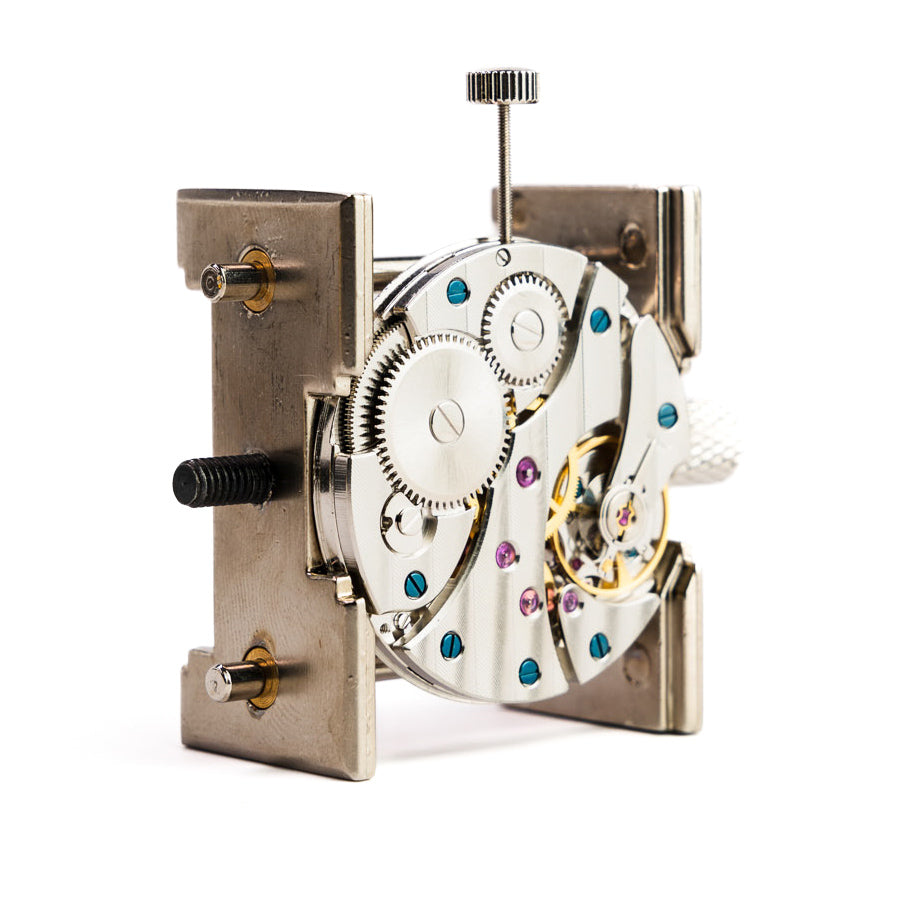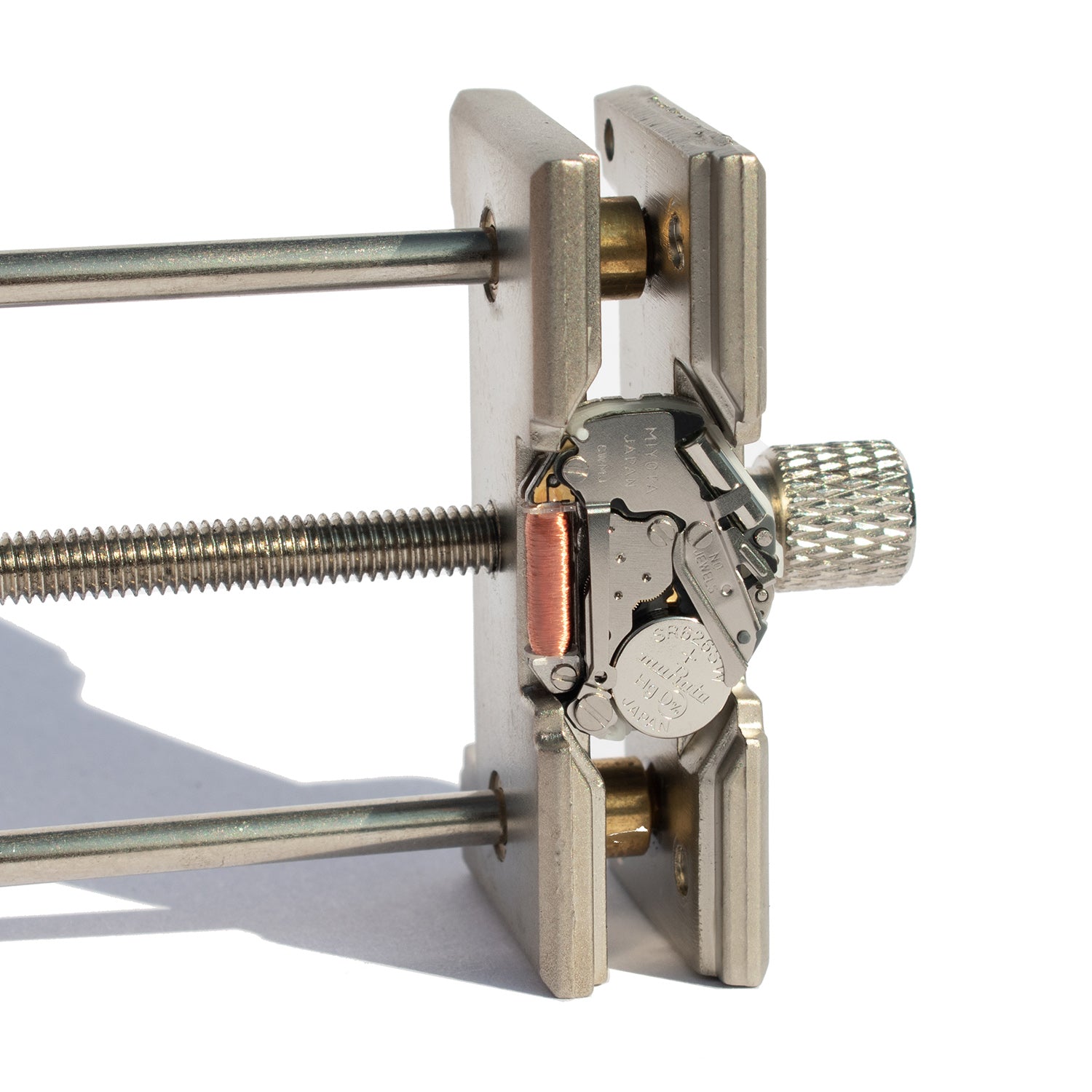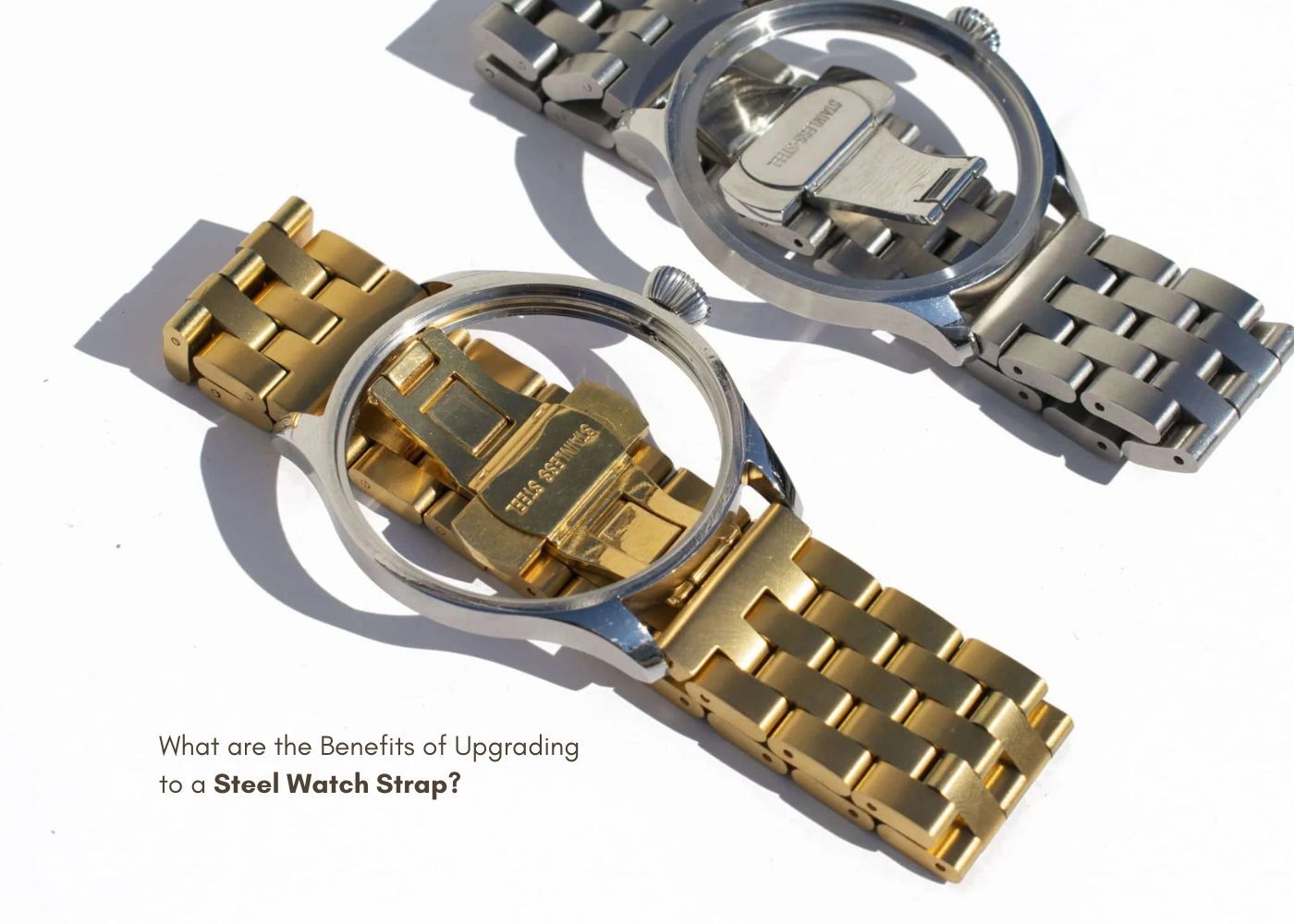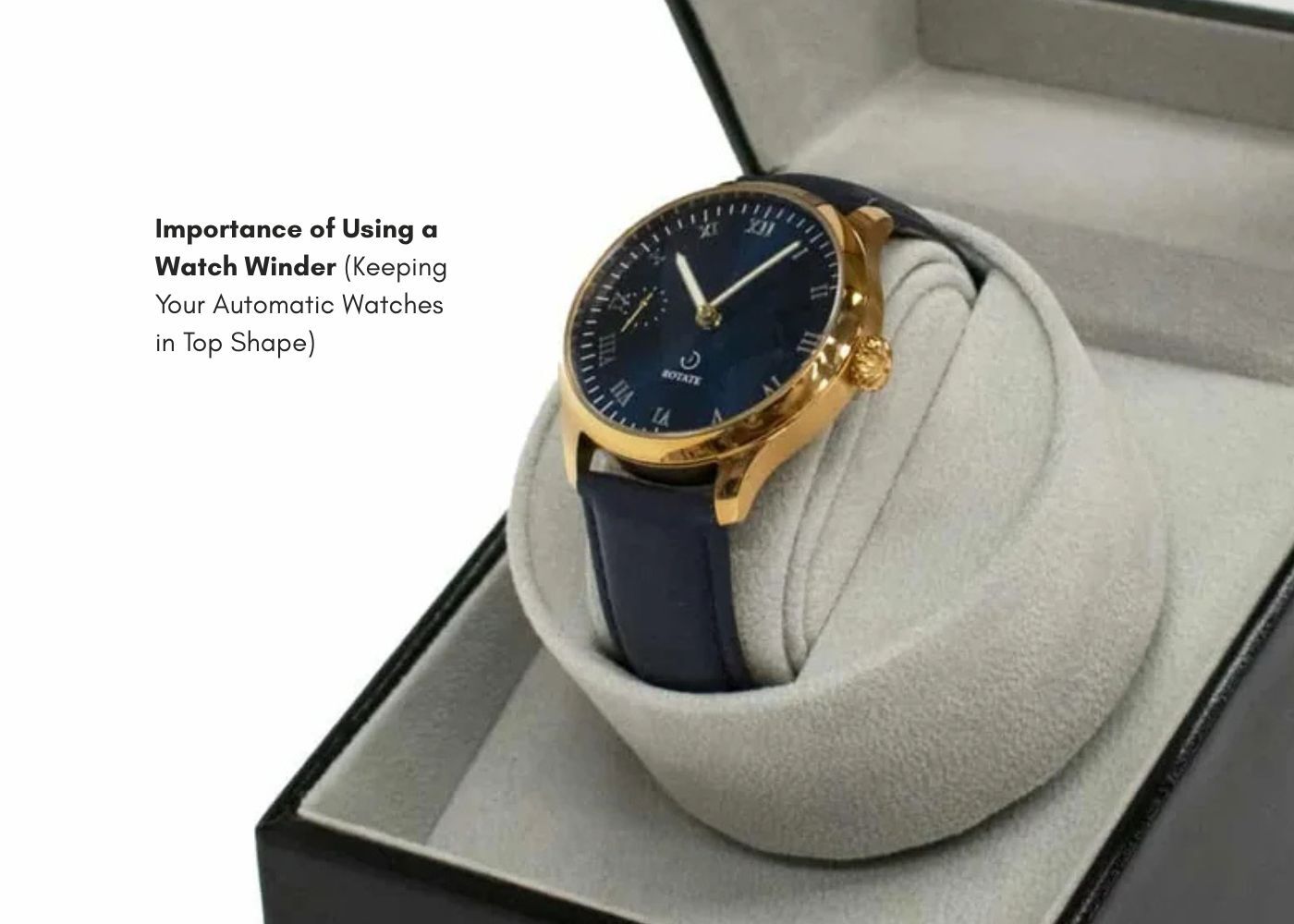
Importance of Using a Watch Winder (Keeping Your Automatic Watches in Top Shape)
Your automatic watch stopped working after sitting in a drawer for a week? A watch winder might just be worth the investment.
What Exactly Is a Watch Winder?
A watch winder serves as your automatic watch's personal assistant when it's not on your wrist. Unlike quartz watches running on batteries, automatic watches harness energy from natural wrist movement. Left unworn, these mechanical marvels eventually stop-typically after 40-72 hours depending on power reserve.
Watch winders cleverly mimic wrist motion through gentle, programmed rotations. Your prized timepiece stays wound and ready whenever the mood strikes to wear it.
Why Watch Winders Matter
Proper lubrication remains perhaps the strongest argument for using watch winders with mechanical watches. Inside your automatic watch, tiny precision-engineered components bathe in specialized lubricants preventing friction. Regular movement keeps these oils distributed throughout the movement instead of settling and potentially drying in spots.
When owning multiple watches, convenience becomes immediately apparent. Rather than manually winding and resetting each timepiece before wear, a quality winder like the Automatic Watch Winder Display Case from Rotate Watches ensures your collection stays ready at a moment's notice.
Reduced crown wear might actually extend your watch's service life. Manual winding through the crown creates additional friction on delicate components. Allowing a winder to handle this task means less wear on the crown and winding mechanism over time.
Complex calendar functions present the most compelling case for winders. Perpetual calendars, moonphase indicators, and other complications require painstaking adjustment when they stop running. Keeping these sophisticated pieces running continuously saves significant time and frustration.
Many enthusiasts appreciate how winders simultaneously serve as elegant display cases. Quality winders showcase timepieces while performing their practical function, transforming utilitarian storage into an attractive display element for your dresser or desk.
When You'll Appreciate a Watch Winder Most
Collectors with multiple automatics benefit dramatically from watch winders. Managing several timepieces becomes nearly impossible without winders-especially when those watches include calendar functions requiring time-consuming resetting.
Watches in rotation rather than daily wear create perfect use cases for winders. Timepieces sitting unworn for a week or more will fully deplete power reserve without intervention. A properly configured winder maintains readiness while preserving mechanical health.
Complicated watches with features like perpetual calendars, moonphase indicators, or GMT functions justify winder investment. For example, owners of movements like the Seiko NH36 Movement with day/date complications appreciate how winders eliminate frequent resetting.
Luxury timepieces deserving special care benefit from the controlled environment winders provide. Beyond rotation, many quality winders protect watches from dust, humidity variations, and unnecessary handling-factors affecting long-term performance.
Choosing Your Perfect Watch Winder
Quality construction matters tremendously when selecting a watch winder. Poorly designed models might rotate at incorrect speeds, potentially causing more harm than good. The Rotate Watches winder features automatic speed adjustment and direction changes-no complicated setup required.
Noise levels become critical for bedroom placement. Silent operation makes the difference between a helpful accessory and an annoying distraction. High-quality motors and proper insulation ensure quiet performance even during overnight operation.
Premium materials should reflect the quality of watches you're storing. Well-made winders use components like genuine leather, quality woods, and tempered glass that complement luxury timepieces while providing proper protection.
Practical placement options vary from standard AC adapters to battery operation or USB power. Consider where you'll place your winder and choose accordingly. Some premium models even offer power reserve functions during brief outages.
The Ongoing Debate
Watch enthusiasts often debate winder necessity. Some watchmakers suggest allowing watches occasional rest periods from constant motion. Others argue continuous running maintains better lubrication throughout the movement.
Modern watches with improved lubricants generally face fewer issues when sitting idle compared to vintage timepieces. Newer formulations resist drying or migrating, making winders less critical for preventing oil-related problems in contemporary watches.
A balanced approach works best for most collectors. Using winders for complicated pieces while allowing simpler watches periodic rest represents a reasonable compromise maximizing convenience while minimizing potential drawbacks.
Watchmaking hobbyists working with kits like the Cabot Watchmaking Kit or Seiko NH36 Movement Kit often gain deeper appreciation for mechanical principles at work in automatic watches, helping inform better decisions about winder usage.
FAQ
Q. Are watch winders necessary for all automatic watches?
Not strictly necessary, but they provide significant convenience for complicated watches. Simple automatics can be manually wound in under a minute, while watches with complex complications like perpetual calendars virtually demand winders to avoid tedious resetting procedures.
Q. Can a watch winder damage my automatic watch?
Quality watch winders like the Rotate model won't cause damage as they're pre-configured for optimal operation. Potential issues arise only with poor-quality winders that rotate excessively or inaccurately.
Q. How long can I leave my watch on a winder?
Most modern watches can safely remain on winders for extended periods, though many collectors prefer giving watches occasional rest periods. Consider rotating watches between active winding and rest every few months for optimal care.
Q. Do watch winders work for all types of automatic watches?
Most quality winders work with standard automatic watches, but certain specialized movements might have unique requirements. Fortunately, the Rotate Watches winder accommodates virtually all common automatic movements without special adjustment.
Q. What's the best place to position my watch winder?
Place your winder away from direct sunlight, magnetic sources (speakers/electronics), and areas with temperature fluctuations. A dresser top, closet shelf, or bedside table in a temperature-controlled environment provides ideal conditions for both the winder and your watches.


